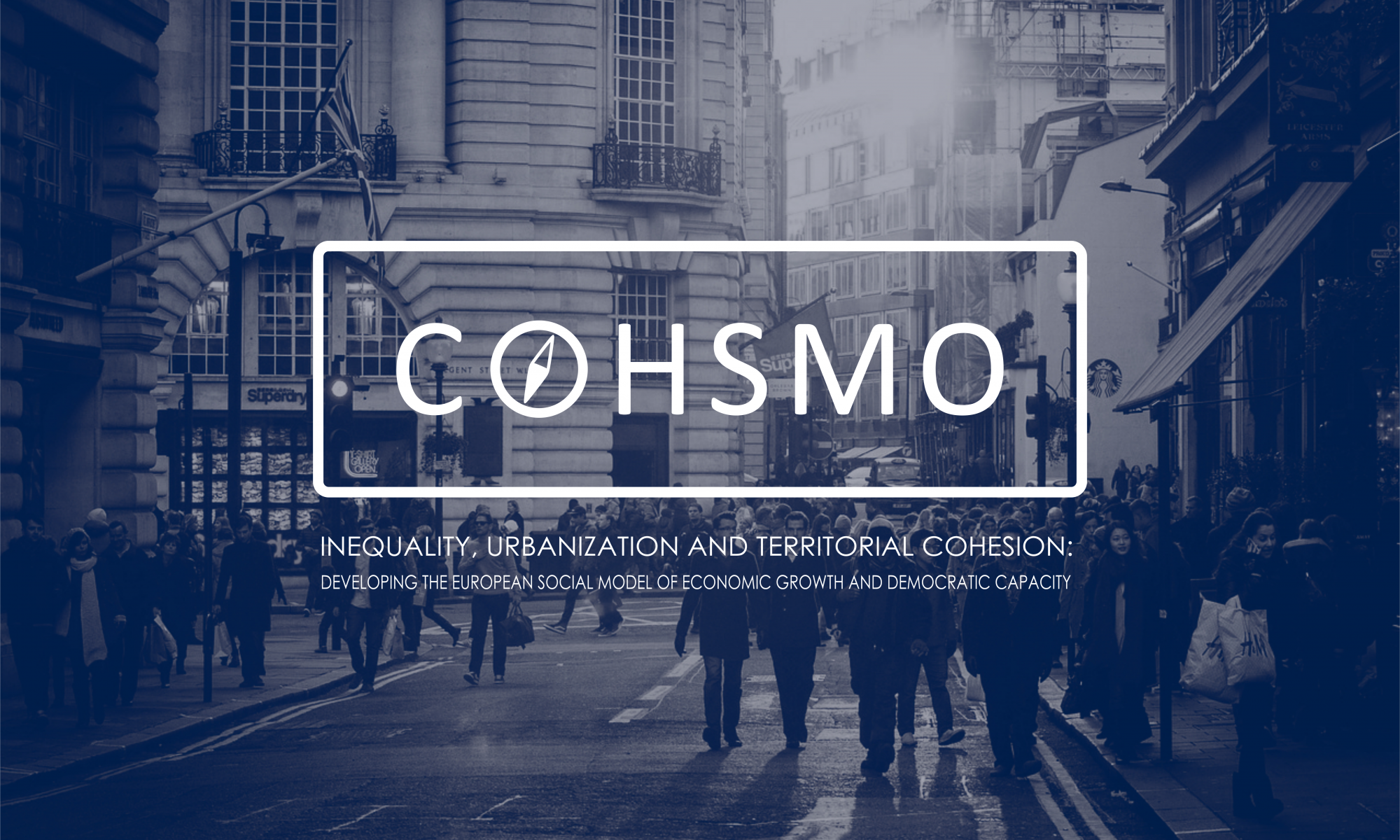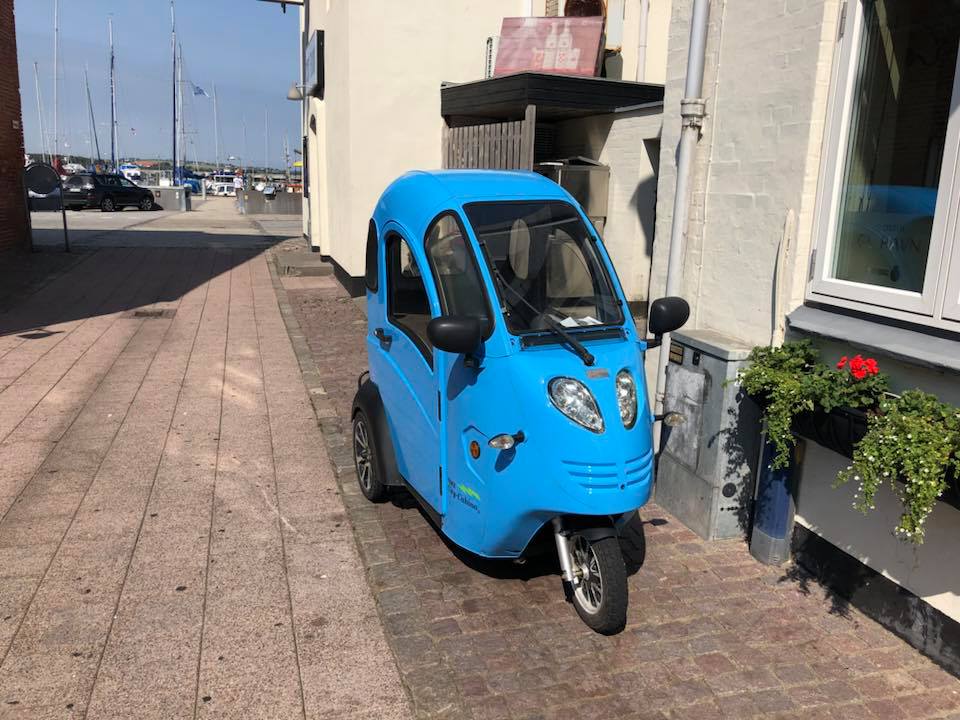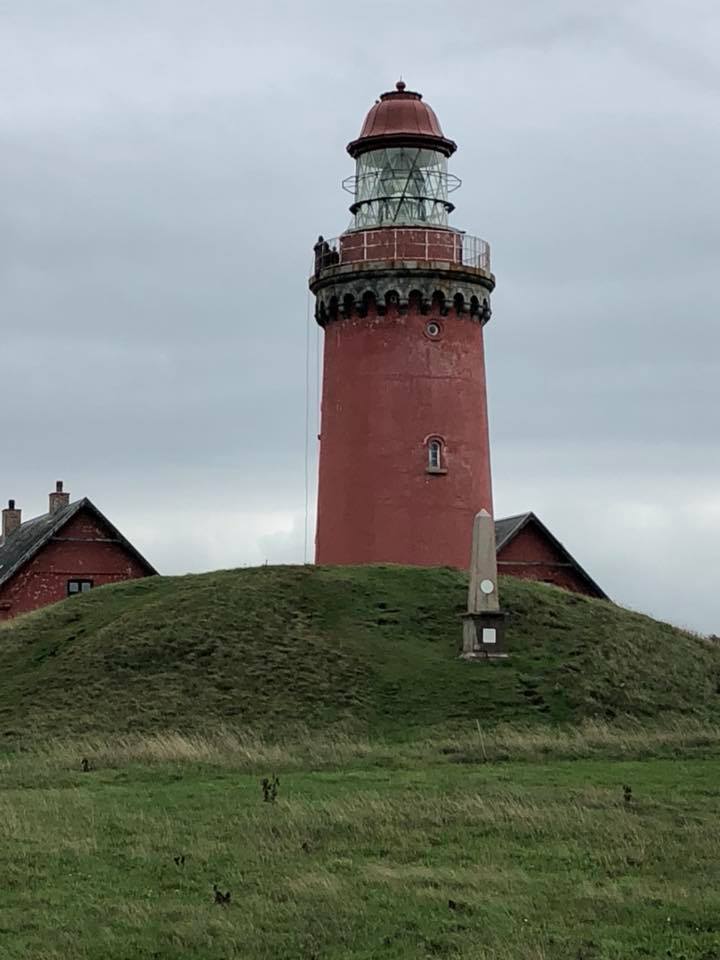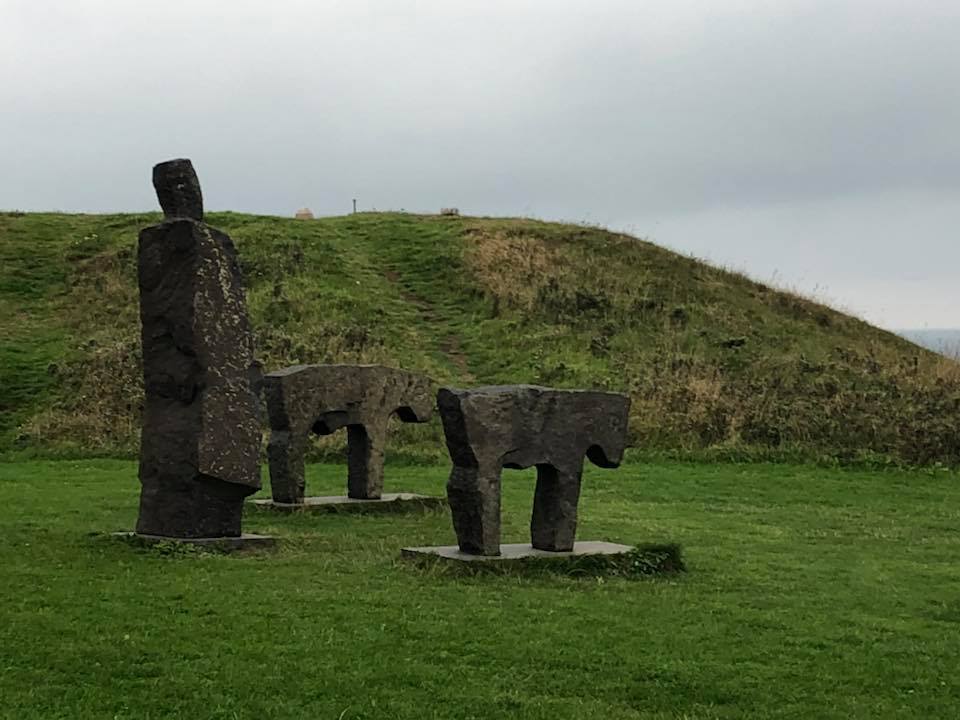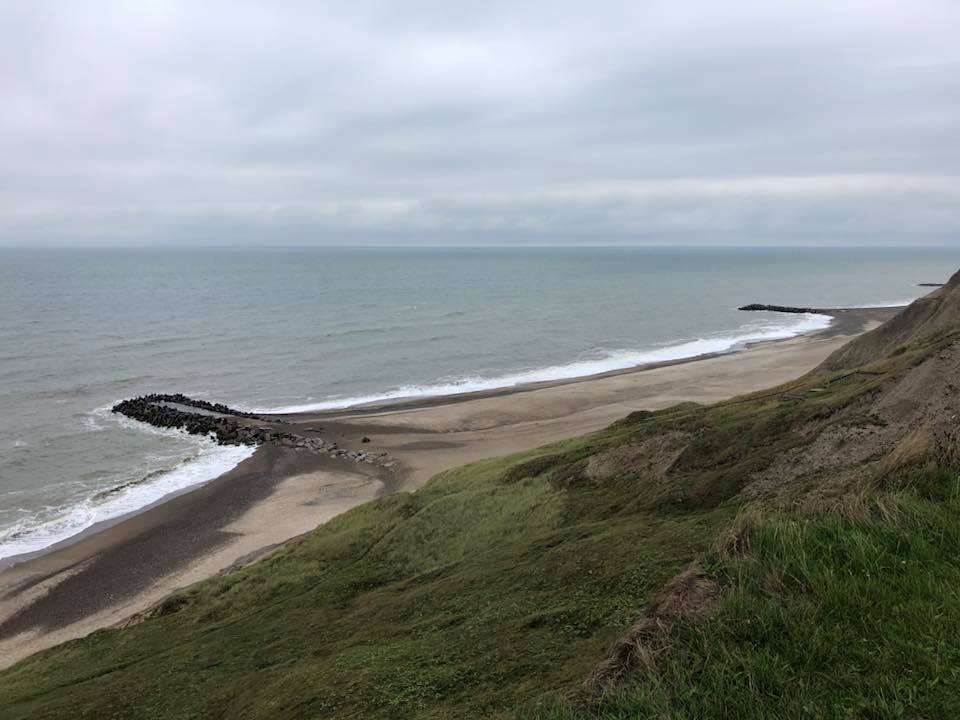The Danish team has done case studies in three locations; one rural, one suburban and one urban; Lemvig, Horsens and Aarhus. All three areas are independent municipalities within the same region – the Central Region, Denmark. The three localities, Aarhus, Horsens and Lemvig, share the position of being part of the same intermediate region, in the sense that it is neither the main region of growth nor the one struggling the most. This defines the position of all three localities within the region. They all face challenges but at the same time offer potentials and identifiable routes for future development. The challenges and potential differ however.
Lemvig (Rural Case)
Lemvig Municipality is located on the west coast of Jutland, which is a peripheral location 50 km from the nearest motorway and 150 km from the nearest international airport. One third of the population lives in the town of Lemvig, one third in other towns and the last third in rural areas. The only further education institution in the municipality is a teacher training college. Compared to the rest of Denmark, Lemvig has a higher proportion of jobs in the primary sector, including jobs in farming, forestry, and fishery as well as in jobs within industry and utility companies. A large number of immigrant workers supply the area’s demand for labour in the agricultural and fishing sectors. Lemvig Municipality has a vision that seeks to develop the area as a hotspot for the ‘green transition’ and enhance the area’s position as a tourist attraction and location for recreational activities. Segregation and socioeconomic inequality are limited in Lemvig and there is a strong tradition for voluntary work and social associations. Lemvig is struggling with the paradoxical problem of being a well-run municipality with a good local economy, good levels of employment and a high level of provision of essential goods and services, but having to deal with the challenge of a shrinking and ageing population
Horsens (Suburban case)
Horsens Municipality straddles the main north-south motorway on the east coast of Jutland and is within 40 minutes’ travelling distance of Billund regional airport, which serves domestic and international routes. The municipality’s proximity to other big towns widens the job opportunities of the residents of Horsens, which, coupled with low housing prices, has led to population growth and the expansion of Horsens town into nearby rural areas. Previously, Horsens was a rough blue-collar town with low levels of educational attainment and was infamous for housing one of the largest prisons in Denmark (the prison closed in 2006). Horsens is in an ongoing process of changing this past image to an image that is instead associated with educational opportunities and a vibrant cultural life supported by voluntary activity. A key player in this development is the Horsens Alliance, which is a partnership between representatives of municipal departments, trade unions, employers’ organizations and local businesses. The Alliance plays a significant role in territorial development in Horsens, as it unites diverse interests, pools local resources and drives the development of Horsens, despite a limited financial budget. In terms of spatial inequality, Horsens Municipality has the challenge of tackling socioeconomic deprivation in some districts within the municipality, for example two residential districts are included the Danish government’s statutorily defined list of deprived areas. The municipality also has to deal with the effects of increased densification. Both the suburban and the rural case are interesting with respect to growth policies; both trying to some extent to reinvent themselves: Horsens by a transformation of the city from a traditional industrial city to a city of mixed economy connected to the knowledge economy and Lemvig through developing the west coast of the municipality to a recreational area with a focus on more summerhouses and a thematic focus on surfing, the geological history and nature in general.
Aarhus (Urban Case)
Aarhus Municipality is the second-largest municipality by population in Denmark and the largest city in the peninsular of Jutland. The city is infrastructurally well connected by its sea port, a regional airport serving domestic and international routes, motorway access and fast mainline train connections. Eighty percent of the municipality’s population live in the city of Aarhus. Aarhus has benefitted from substantial growth in the knowledge and service industries, but some of the once more dominant activity in the industrial sector remains. The city offers a number of high-ranking service functions such as higher education, media, advanced services and a broad supply of opportunities in entertainment. Aarhus is growing both population-wise and economically. The municipality has positioned itself as a strategic growth motor for the wider region and the key actor in Business Region Aarhus (BRAA); a novel 12-municipality partnership that aims to make East Jutland a national centre of growth and a coherent, functional city region. However, Aarhus is also a city of spatial segregation and territorial inequality that includes three deprived areas that are on the so-called ‘ghetto list’, which is a statutorily defined status for a residential area that requires the municipality to take remedial action. Overall, the success that Aarhus has experienced during its recent growth is tempered by the challenges brought about by uneven distribution of growth, traffic congestion, and overproduction of graduates from higher education.
